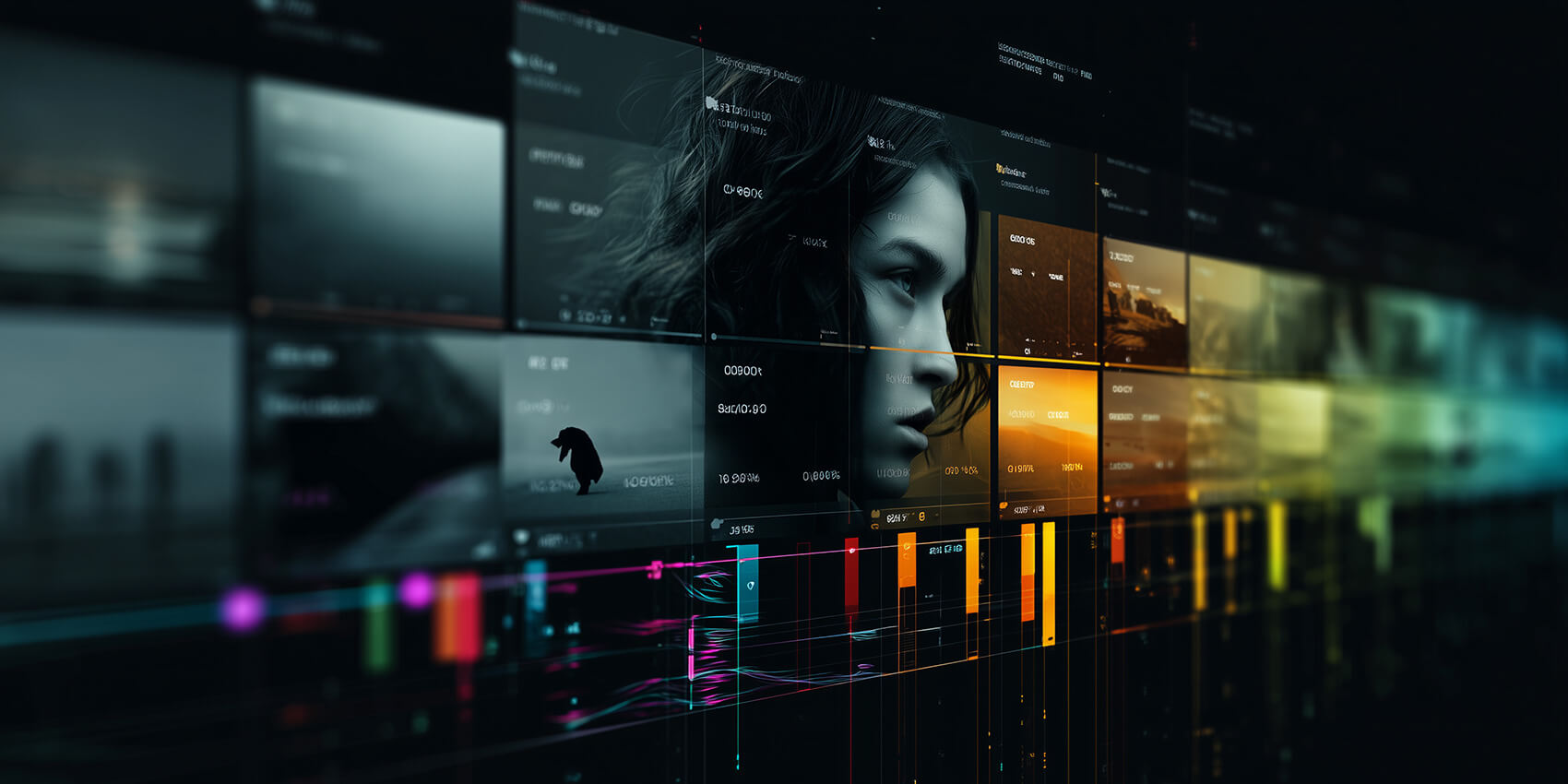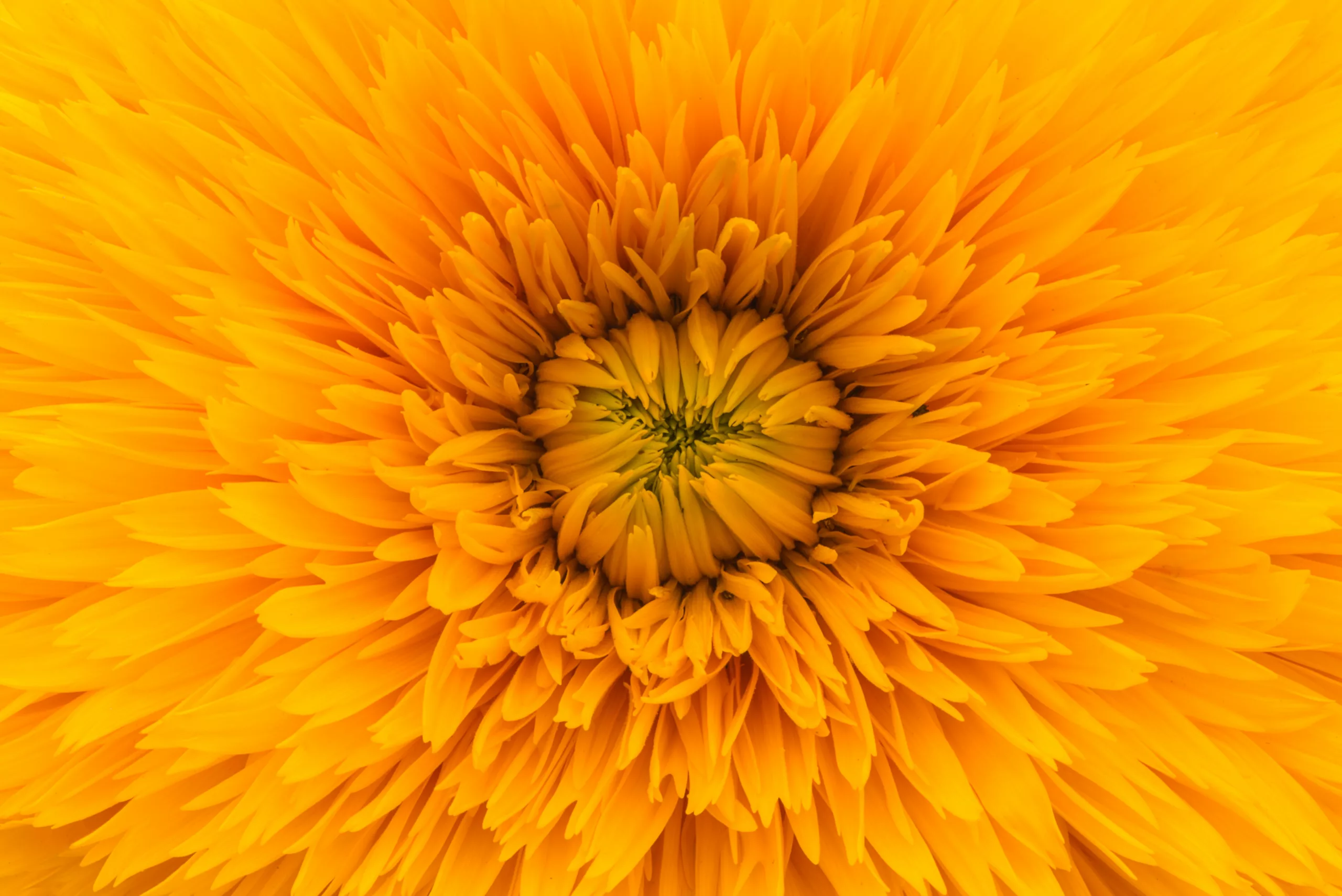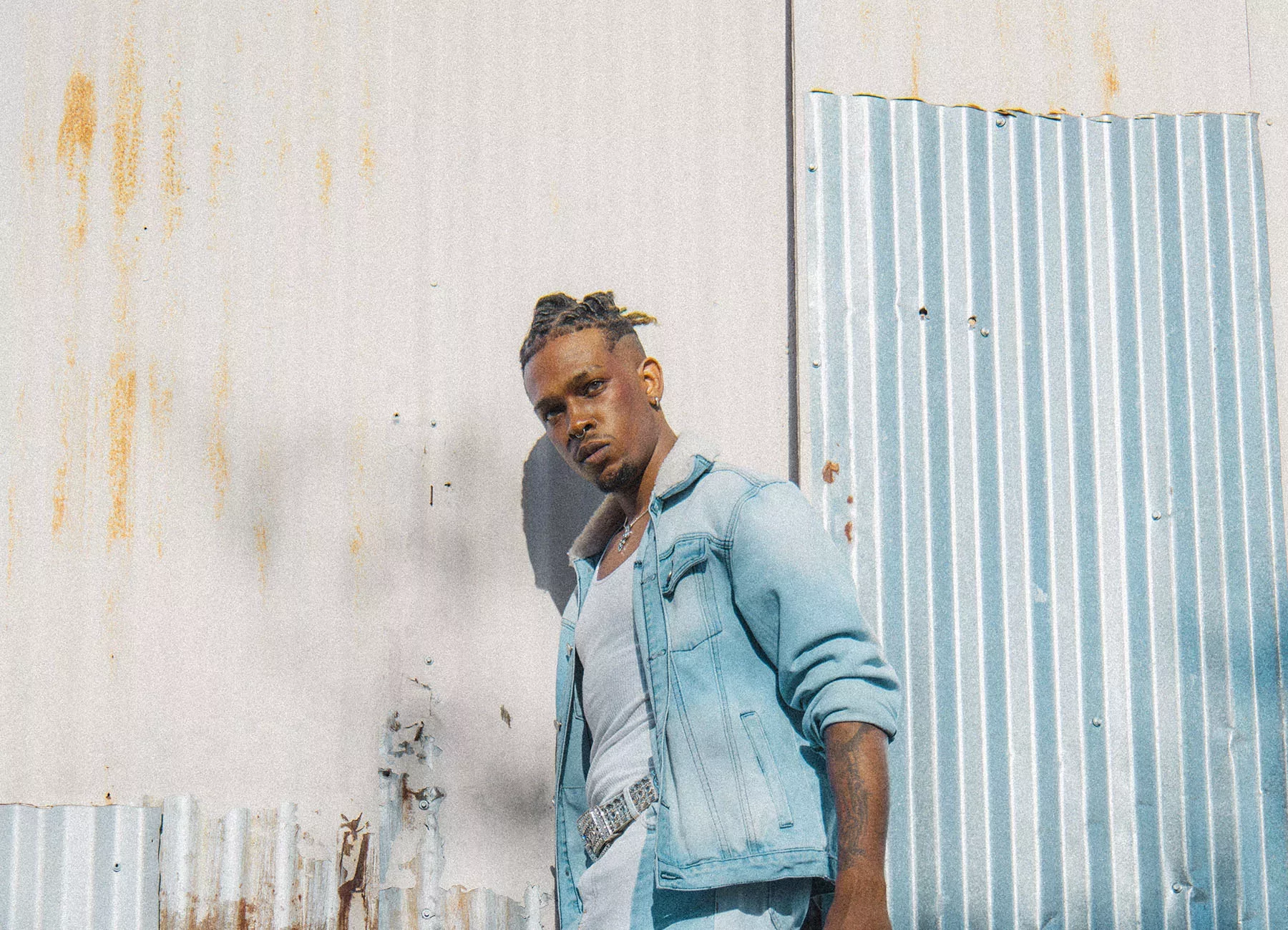With Sora 2 AI video generator, OpenAI shows how text can become cinema — blending physics, sound, and storytelling in seconds.
OpenAI has unveiled Sora 2 AI video generator, a major upgrade to its text-to-video platform that turns written prompts into visually rich, dynamic clips. Unlike the original Sora, version 2 delivers longer, more coherent sequences with lifelike motion, cinematic camera work, and synchronized audio. This makes Sora 2 one of the most exciting breakthroughs in creative AI, opening new doors for filmmakers, marketers, educators, and everyday creators.
Key Upgrades in Sora 2 AI Video Generator
The jump from Sora 1 to Sora 2 is significant. The new model can now generate clips of up to 10 seconds. It also keeps far better consistency across multiple shots. Characters, objects, and environments remain stable. This makes it possible to follow short narratives without visual glitches. Additionally, Sora 2 is now physics-aware, meaning objects move, collide, and break in ways that obey real-world logic. For example, a basketball will bounce off the backboard if it misses the hoop, instead of teleporting into it like in earlier models.
Synchronized Audio in Sora 2 AI Video Generator
Another major improvement is synchronized audio. Sora 2 now generates dialogue, background sounds, and effects directly with the video. This makes the result far more immersive than the silent clips of Sora 1. On top of that, creators now enjoy more control over camera work and style, with prompts supporting specific shot types, lens choices, and artistic directions ranging from cinematic realism to anime-inspired looks.
Technical Highlights
Under the hood, Sora 2 is powered by a scaled-up generative model trained on vast video and audio datasets. It builds sequences in a compressed latent space. The system then gradually refines them into high-resolution clips guided by a Transformer network. This approach allows it to simulate the physical world over time. It maintains logical consistency frame by frame. Outputs currently max out at 1080p resolution. With detailed prompts, however, users can still achieve strikingly realistic or stylized results. While the clips are short, they demonstrate how rapidly AI is closing the gap between creative imagination and on-screen reality.
Sora 2 vs Veo 3
When it comes to next-gen AI video tools, the biggest comparison is between Sora 2 AI video generator and Google DeepMind’s Veo 3. Both can create short clips with audio and realistic motion, but Veo 3 delivers up to 4K quality for polished, professional-grade shots, while Sora 2 currently focuses on longer clips and multi-shot consistency at 1080p. Additionally, Sora 2 emphasizes physics-aware realism and creative flexibility, whereas Veo 3 excels at cinematic fidelity and prompt accuracy. In practice, Veo 3 is ideal for ultra-high-definition marketing or film projects. Sora 2 feels better suited for storytelling, social creativity, and fast prototyping.
Invite-Only Access
At launch, Sora 2 AI video generator is still invite-only. The new iOS app is available in the US and Canada, but users need either a direct invitation or a waitlist approval to get started. OpenAI has given priority access to ChatGPT Pro and Plus subscribers, with early users also receiving limited “friend invites” to share. Over time, OpenAI plans to expand access, roll out an Android version, and eventually open an API. For now, however, most creators will need to join the waitlist and wait for their chance to try Sora 2 firsthand.
Why Sora 2 AI Video Generator Matters
With its combination of longer videos, audio integration, and world-simulation realism, Sora 2 represents a leap forward in AI creativity. It lowers the barrier for producing cinematic clips. Whether for storytelling, marketing, or education, it gives users directorial control with just a few lines of text. While it’s not yet a tool for feature-length films, it shows how quickly AI is advancing toward professional-grade video generation.
Want more AI tools like Sora 2 AI Video Generator?
Curious how Sora 2 compares with other platforms? Check out our collection of the best AI video tools and see how Sora 2 AI video generator fits into the future of creative storytelling.
Frequently Asked Questions:
How to get Sora 2 invite code?
Currently, Sora 2 is invite-only. You can download the iOS app in the US and Canada, then join the waitlist to request access. OpenAI is also prioritizing ChatGPT Pro and Plus subscribers, and some early users receive limited “friend invites” to share.
Sora 2 vs Veo 3 – what’s the difference?
Both are next-gen AI video generators, but Veo 3 focuses on ultra-high-definition 4K clips with cinematic accuracy, while Sora 2 offers longer multi-shot consistency, physics-aware motion, and synchronized audio at 1080p. Veo 3 suits professional-grade marketing or film, while Sora 2 leans into creative storytelling and social content.
When will Sora 2 be available to everyone?
OpenAI has not given an exact date. The current rollout is limited to invites, but plans include expanding the app to more regions, launching an Android version, and eventually offering an API for developers.
Does Sora 2 generate audio along with video?
Yes. Unlike the first version, Sora 2 produces synchronized audio, including dialogue, sound effects, and background ambiance, which makes its clips far more immersive.
What makes Sora 2 different from the first version?
Sora 2 builds on the original by generating longer clips, keeping scenes consistent across shots, obeying real-world physics, and adding audio. These upgrades make it far more powerful for storytelling and creative projects.




One Comment